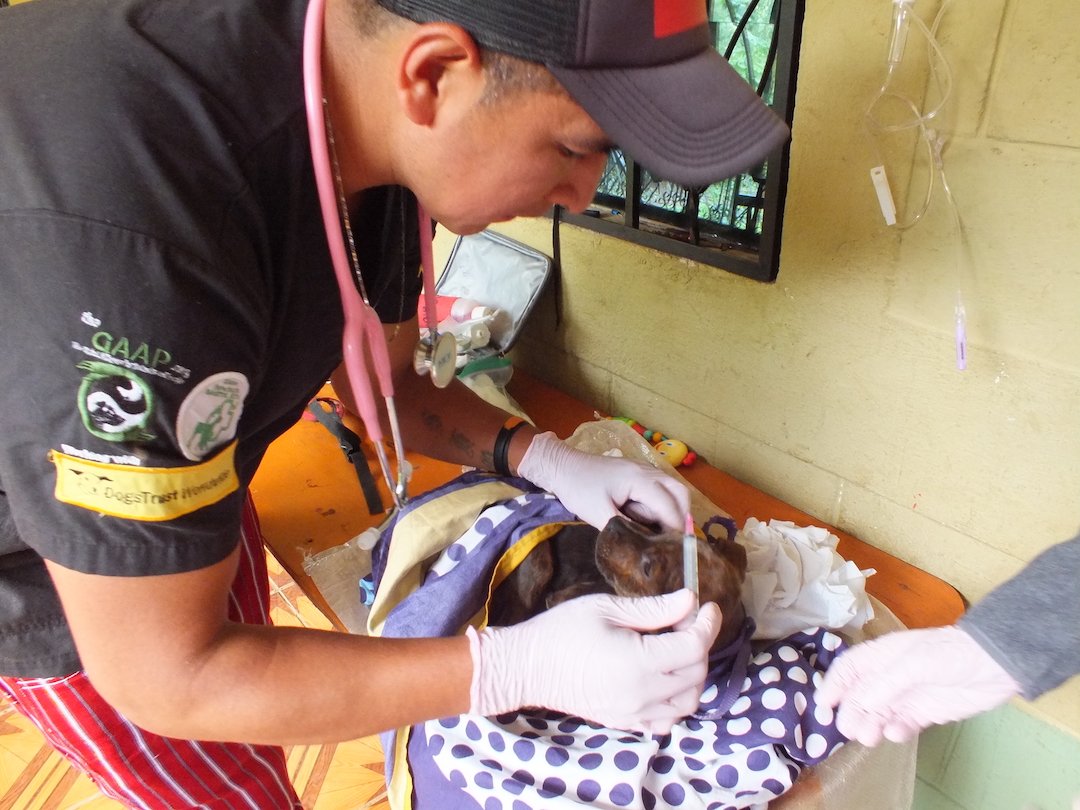How does telemedicine work for animals?
Our unique approach to improving access to care for animals through telemedicine
In years past, in the remote Mayan village of Todos Santos, the closest option for veterinary care was 2 hours away by car. When animals were sick or injured, most families simply didn’t have the means to get them the treatment they needed. Vaccines, deworming treatments, and other important preventive care methods were only administered once a year during a foreign-led campaign. Animals suffered and the community was at risk for easily preventable (and highly deadly) zoonotic diseases like rabies.
One of many street dogs in Todos Santos, deserving of quality veterinary care.
With that in mind, we launched our telemedicine program in 2017. But how exactly does this approach work? Let’s look at it, in a few simple steps.
Step 1: Training - Our Animal Health Care Worker, Andrés, underwent a comprehensive theoretical and practical training overseen by veterinarians and veterinary technicians from Chile and Canada. We even created a text book tailored to the local culture! Andrés also does ongoing training on a regular basis with a partner clinic in the city of Huehuetenango.
Step 2: The call - Once our Animal Health Care Worker was trained, he began receiving calls from the community. During each call he gathers the necessary information about the case and inputs all the details into a software system generously provided by our partners at DaySmart Vet. Meanwhile, in Chile, our telemedicine vet can access the system and begin to review the case.
Step 3: The journey - Many times just getting to the dog needing care is a challenge. Andrés heads off into the mountains on his motorcycle, with his backpack full of supplies.
Andrés on his motorcycle, reading to head out to care for a dog in need!
Step 4: Examining the patient - Andrés performs a physical exam of the patient, while maintaining communication with our designated veterinarian in Chile. If more information is needed to determine an appropriate treatment plan, the veterinarian can guide Andrés on how to collect it.
Step 5: The diagnosis & treatment plan - Collaboratively, the telemedicine team determines the diagnosis and an accompanying treatment plan for the dog. Andrés carefully explains the course of action to the caretakers and schedules any follow-up visits. All information is logged in our software system for record-keeping purposes.
And that’s how a dog in need is provided quality care, even in the most remote of areas! Thanks to the support of donors like you, our telemedicine program is creating long-term change in Guatemala regarding the access animals have to basic healthcare and the information people have about how to care for their pets responsibly.




